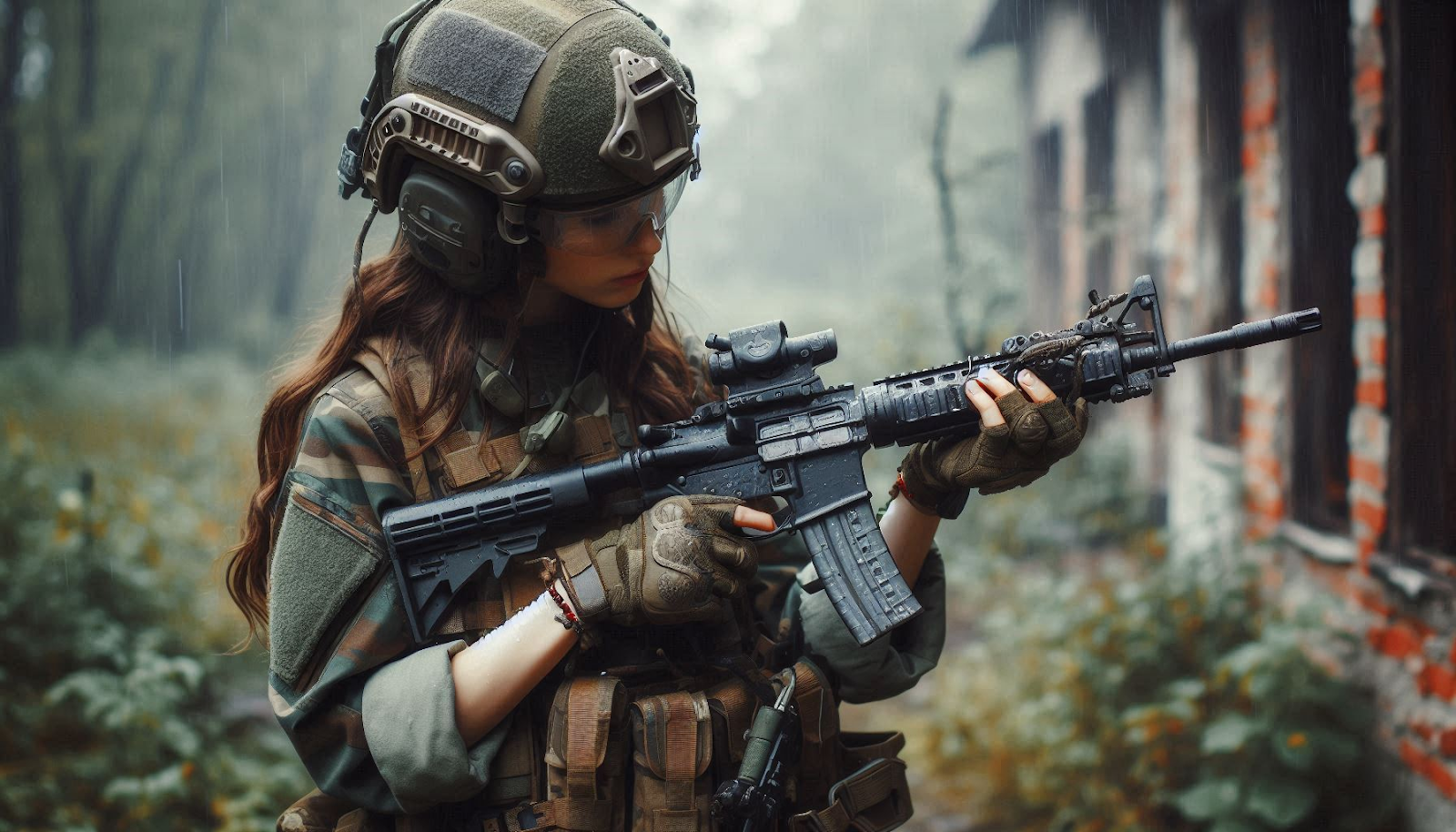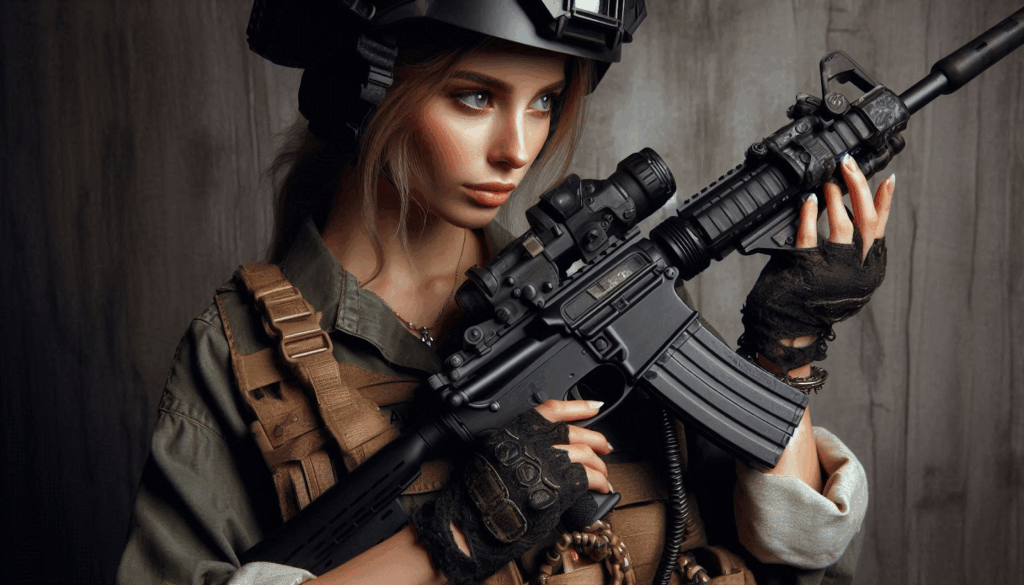Are your valuables truly protected at home? How would you feel if important documents, cash, or jewelry were suddenly lost to theft or fire? In a world where security concerns continue to grow, investing in a reliable safe is more than just a precaution—it’s a necessity. Whether you’re safeguarding important documents, expensive jewelry, cash, firearms, or digital data, the right safe can provide peace of mind. However, with so many options on the market, choosing the ideal safe can feel overwhelming. This guide will help you understand the key considerations, types, and features you need to make an informed decision.
Understanding Your Needs
The first step in choosing a safe is understanding what you want to protect. The size, type, and features of your safe should align with your specific needs. Here are some common categories of items people typically secure:
- Documents: Wills, passports, contracts, and tax records often require fireproof protection rather than extreme burglary resistance.
- Jewelry and Cash: Small, high-value items demand safes that provide strong security against theft.
- Firearms: Firearm safes must comply with local laws and provide quick access while ensuring children or unauthorized individuals cannot reach the contents.
- Digital Media: Hard drives, USBs, and other electronics require safes that protect against fire and moisture damage without generating magnetic interference.
Assessing your specific storage needs will help you determine the appropriate size and type of safe for your home or office.
Types of Safes
Safes come in a wide range of styles and security levels. Understanding the different types will make your decision easier:
- Home Safes
Home safes are designed for everyday use and generally focus on protecting valuables against theft or fire. They are often compact and easy to install, making them ideal for storing cash, documents, and small electronics.
- Wall Safes
Wall safes are built into the structure of your home, often hidden behind a picture or piece of furniture. Their discreet placement makes them less noticeable to burglars.
- Floor Safes
These safes are embedded into the floor and often come with reinforced steel doors. Floor safes provide excellent theft deterrence but require professional installation.
- Fireproof Safes
Fireproof safes are specifically designed to withstand high temperatures and protect paper, electronics, and other sensitive items. Look for safes rated for at least 1 hour at 1700°F for optimal fire protection.
- Gun Safes
Gun safes vary in size, from small handgun cabinets to large vault-style units for rifles. When purchasing gun safes, it is important to consider both security and quick access, especially for firearms you may need in emergencies. Many modern models include biometric or electronic locks for convenience and added safety.
- Deposit Safes
Ideal for businesses, deposit safes allow for secure storage of cash or checks without allowing access to the entire safe. They are designed for convenience and security in retail or office environments.

Locking Mechanisms
The locking mechanism is one of the most crucial aspects of a safe. Here are the main options:
- Key Lock: Traditional and simple to use but vulnerable if keys are lost or duplicated.
- Combination Dial: Provides strong security without requiring electricity. Modern designs have thousands of possible combinations.
- Electronic Keypad: Offers convenience and quick access. Many allow multiple user codes and can integrate with alarm systems.
- Biometric: Uses fingerprint recognition for fast access. Ideal for safes that need both security and convenience, though they can be affected by power failures or mechanical issues.
Each type has pros and cons, and the best choice depends on your priorities—whether convenience, security, or both.
Security Ratings and Standards
When shopping for a safe, pay attention to security ratings. Various organizations provide certification to help gauge the level of protection:
- Underwriters Laboratories (UL): UL provides ratings such as TL-15 or TL-30, indicating the amount of time the safe can withstand a burglary attempt using common tools.
- Federal Fire Protection Association (NFPA): Provides standards for fire-resistant safes, including duration and temperature ratings.
- European EN Ratings: In Europe, EN ratings specify resistance levels to burglary and fire, helping consumers make informed choices.
Higher-rated safes typically cost more but provide significantly greater security, making them a worthwhile investment for high-value items.
Size and Weight Considerations
The size and weight of a safe affect both its security and practicality. A larger, heavier safe is more difficult for a burglar to remove, but it may require professional installation. Additionally, consider the space available in your home or office and how often you need to access the contents. If portability is a concern, smaller, fire-resistant safes might be more suitable.
Additional Features
Modern safes often come with features designed to enhance security, convenience, and protection:
- Fire and Water Protection: Look for safes with high fire-resistance ratings and seals to prevent water damage during floods or firefighting efforts.
- Shelving and Compartments: Adjustable shelves and compartments help organize items efficiently.
- Anchor Options: Bolting the safe to the floor or wall significantly improves security.
- Audit Trails: Some electronic safes track access history, useful for businesses or shared household access.
Installation and Maintenance
A safe is only as secure as its installation. Floor and wall safes often require professional installation, while smaller safes may be bolted down. Additionally, routine maintenance, such as checking locking mechanisms and changing batteries in electronic safes, ensures long-term functionality.
Making the Right Choice
Choosing the right safe requires balancing security, convenience, size, and cost. Start by identifying what you want to protect, evaluate the types of safes available, consider the locking mechanism and certifications, and factor in size, weight, and installation requirements. Investing in a high-quality safe is an investment in peace of mind, protecting your valuables from theft, fire, and other unforeseen events.
Ultimately, the best safe is the one that fits seamlessly into your lifestyle while offering reliable protection for your most important possessions. With the right research and thoughtful selection, you can ensure that your valuables remain locked and secure for years to come.



